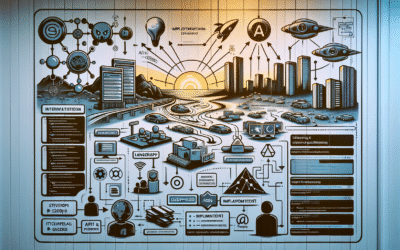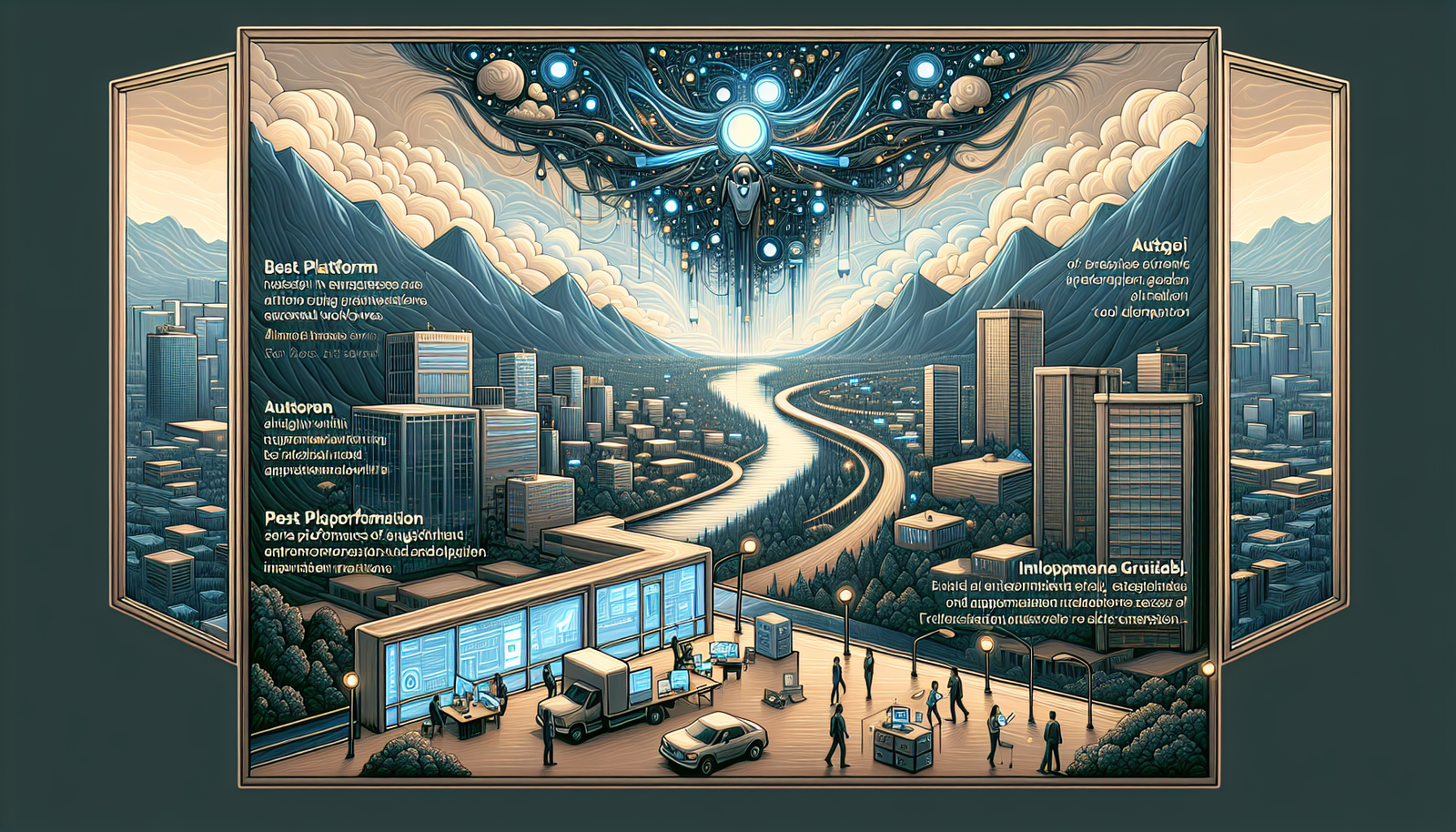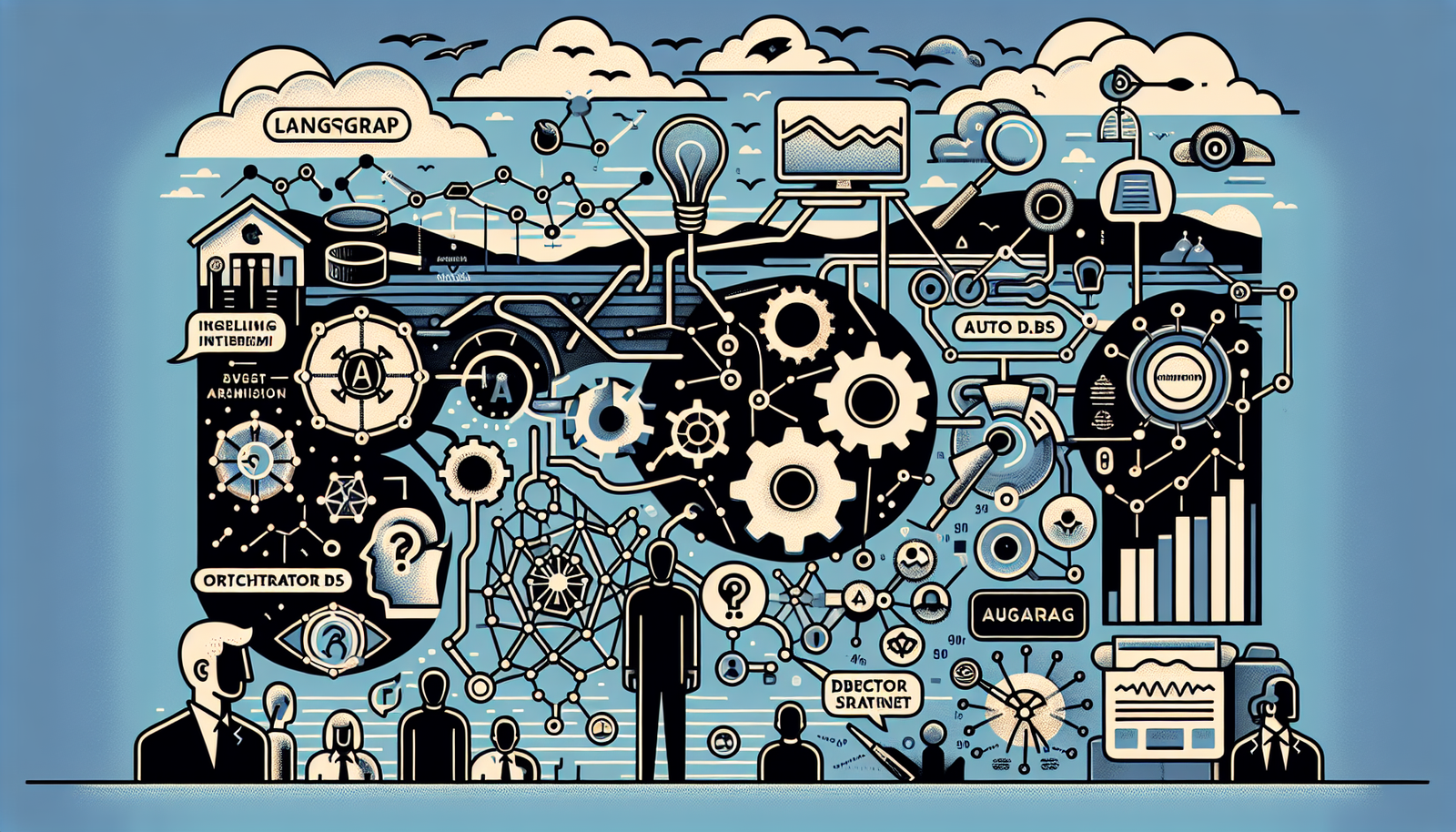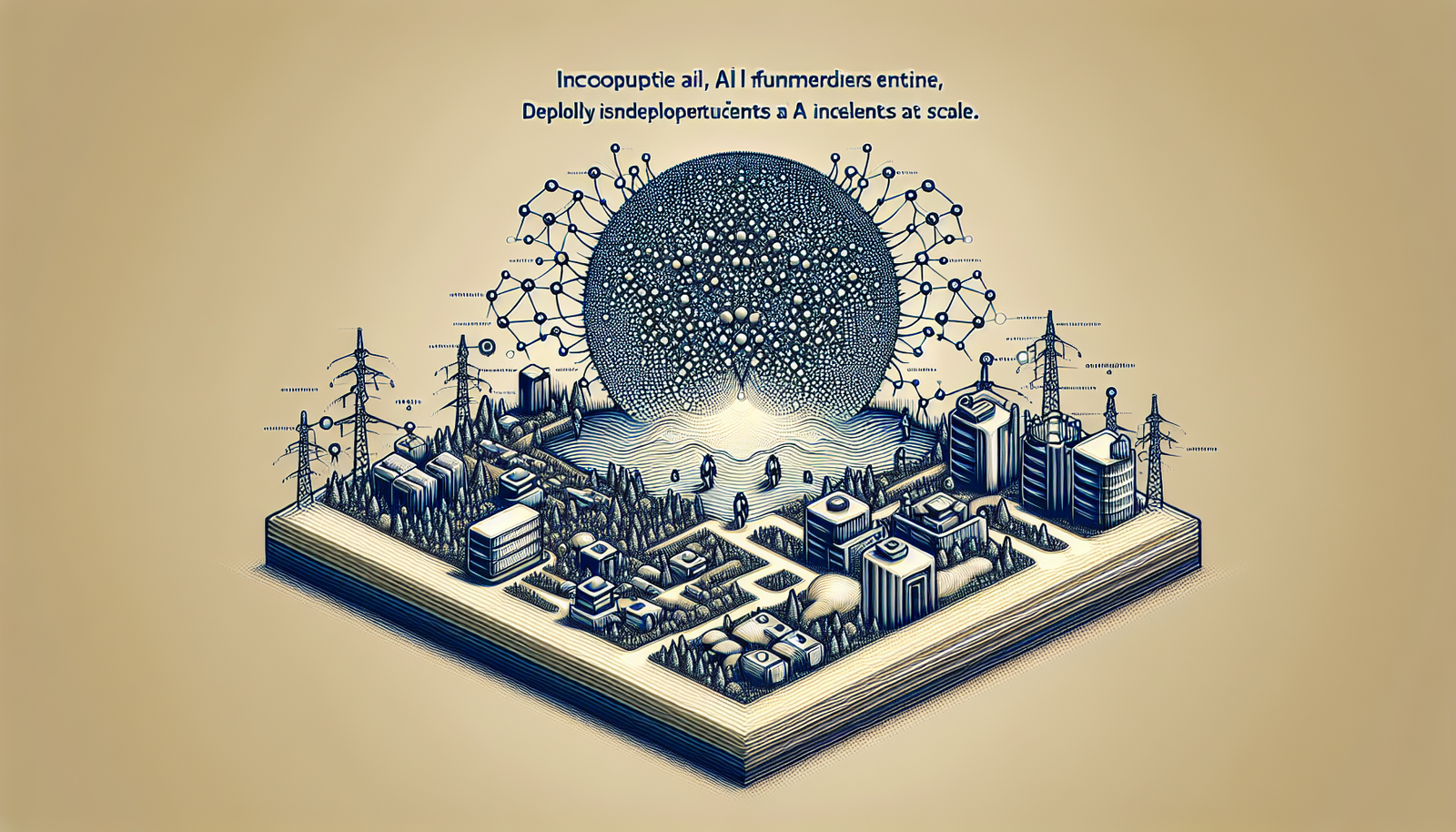Introduction: Building AI Agent Workflows with LangChain and AutoGen
Why AI Agent Frameworks Matter
As AI-generated applications evolve beyond simple question-answer use cases, developers are shifting to agent-like systems—AI entities that plan, reason, and take autonomous actions. These agents are increasingly used in domains like search-driven reporting, complex coding tasks, and context-rich document querying.
Introducing LangChain and AutoGen
LangChain is an open-source framework designed to chain language model calls with tools and memory in structured workflows. AutoGen by Microsoft extends this concept with multi-agent collaboration. Together, they allow developers to coordinate multiple AI agents—each with defined goals—to solve advanced tasks reliably and at scale.
Step 1: Define the Use Case and Agent Architecture
Clarify the LLM-powered task
Start by asking: what is the AI trying to automate? For instance, are you building a research assistant, a data-to-report pipeline, or a multi-turn code refactoring engine? Understanding your domain scope and input/output expectations helps in designing your agent architecture.
Choose between single vs multi-agent design
If the task requires multiple action types (e.g., search, reasoning, code execution), a multi-agent approach via AutoGen is advantageous. Otherwise, a single LangChain agent with tool access may suffice. Modular multi-agent setups usually break the task into specialist roles like:
- Planner Agent: Determines steps and subtasks
- Executor Agent: Performs tool-based actions
- Critic Agent: Reviews and suggests improvements
Step 2: Configure LangChain Agents and Tools
Set up LangChain environment and core components
Use Python and install LangChain via pip. Then, set up your chosen LLMChain or AgentExecutor based on the task. Integrate memory (like ConversationBufferMemory) if the agent must retain user history across conversations.
Add tools like search APIs or code interpreters
LangChain supports out-of-the-box tools such as Bing Search, WolframAlpha, and Python REPLs. You can extend this with custom tools by subclassing Tool and embedding APIs like Google Search, SQL query engines, or shell terminals.
Step 3: Create AutoGen Agents with Roles and Goals
Use AutoGen to define assistant, planner, and executor agents
In AutoGen, you instantiate agents with a ‘name’, ‘role’, and communication templates. Example:
assistant = AssistantAgent("assistant", system_message="You're a helpful assistant")Each can store memory or be stateless and can call tools or reply in natural language.
Implement a GroupChat orchestration strategy
The GroupChat feature in AutoGen allows structured communication between agents. It involves specifying allowed speakers, termination rules, and message flow. This lets AutoGen simulate a conversation where the planner assigns a task, and the executor uses LangChain tools to complete it.
Step 4: Deploy, Monitor, and Scale the Workflow
Containerize your agent workflow
Move your Python-based LangChain/AutoGen pipeline into containers (e.g., via Docker) and use orchestrators like Kubernetes or Airflow depending on triggers and scheduling requirements.
Add observability with tracing and logging
Enable OpenTelemetry or use LangChain’s callback system for tracing. AutoGen allows custom logging functions for every message exchange—a vital step for auditing model outputs in production.
Testing and failure recovery planning
Implement retry logic for API failures, tool timeouts, and malformed responses. Use LangChain’s ErrorCallbackHandler or wrap tools in try/except blocks. For more robust applications, integrate LangSmith (LangChain’s debugging platform).
FAQ: LangChain, AutoGen, and AI Workflow Deployment
What’s the key difference between LangChain and AutoGen?
LangChain is focused on chaining LLMs with tools and memory, typically from a single-agent perspective. AutoGen enables multi-agent chat-style orchestration between agents with different roles.
Can I use LangChain agents inside AutoGen workflows?
Yes. AutoGen agents can call external APIs or tools, including LangChain agents wrapped in functions. This hybrid setup is increasingly popular for scalable AI workflows.
Which use case suits multi-agent setups best?
Tasks needing planning, coordination, and step-wise judgment—like data extraction and reporting, autonomous coding, or document reviewing—benefit greatly from multi-agent design.
Focus Keyword: AI agent workflow LangChain AutoGen






